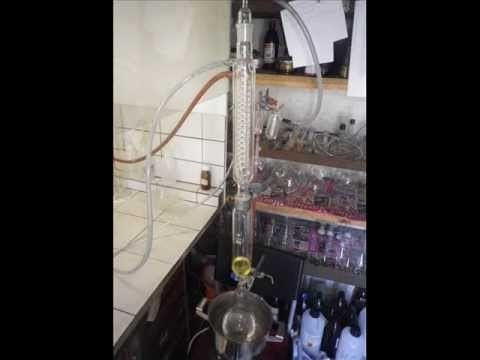Formula KN3 Density 2.04 g/cm³ | Molar mass 81.1184 g/mol Appearance Colorless crystals | |
 | ||
Synthesis of potassium azide
Potassium azide is the inorganic compound having the formula KN
3. It is a white, water-soluble salt. It is used as a reagent in the laboratory.
Contents
It has been found to act as a nitrification inhibitor in soil.
Structure
KN3, RbN3, CsN3, and TlN3 adopt the same structures. They crystallize in a tetragonal habit. The azide is bound to eight cations in an eclipsed orientation. The cations are bound to eight terminal N centers.
Synthesis and reactions
KN3 is prepared by treating potassium carbonate with hydrazoic acid, which is generated in situ. In contrast, the analogous sodium azide is prepared (industrially) by the "Wislicenus process," which proceeds via the reaction sodium amide with nitrous oxide.
Upon heating or upon irradiation with ultraviolet light, it decomposes into potassium metal and nitrogen gas. The decomposition temperatures of the alkali metal azides are: NaN3 (275 °C), KN3 (355 °C), RbN3 (395 °C), CsN3 (390 °C).
Health hazards
Like sodium azide, potassium azide is very toxic. The TLV of the related sodium azide is 0.07 ppm. The toxicity of azides arise from their ability to inhibit cytochrome c oxidase.
